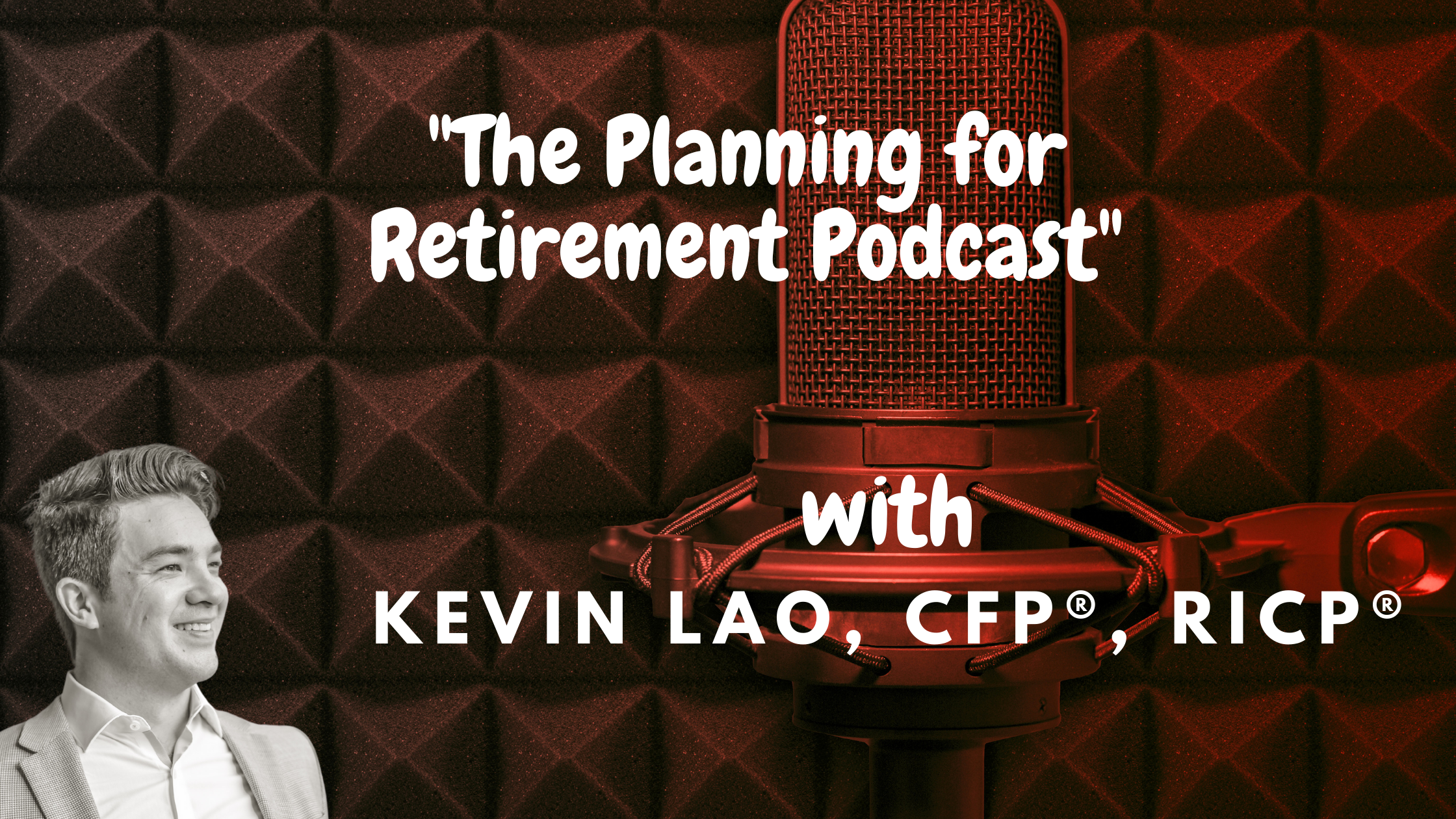7 reasons to own permanent life insurance in retirement
We’ve all heard the sales pitches! “Permanent life insurance solves all of your problems!”
For those of you who have followed me for a period of time know I don’t believe this to be true. But at the same time, there is a large % of the financial advisor (and talking heads) population that blanketly tells people, “Don’t ever buy permanent life insurance.”
To me, this is a breach of fiduciary duty. Just because we all have our biases doesn’t mean we should PUSH those biases on someone’s personal financial situation. As my friend Cody Garrett likes to say, “Keep Finance Personal.”
Here is a link to the article I referenced in the show about “How to divide assets in a blended family.”
Here’s a link to an episode from Andy Panko’s podcast;
Episode 77 – “Understanding cash value life insurance and how it’s sold, with Kevin Lao.”
This could be a nice compliment to what we discussed today!
I hope you enjoy it.
Make sure to give the show a follow and leave us a review so we can reach more people and make a bigger impact!
Kevin






